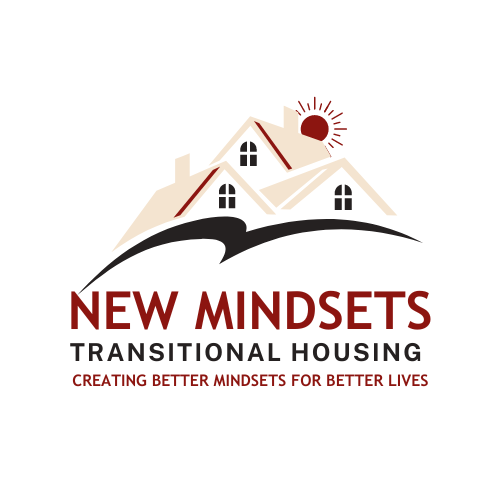ABOUT NEW MINDSET TRANSITIONAL HOUSING
Analytical Report and Numerical Analysis of Youth Homelessness in the United States
Introduction
Youth homelessness is a critical issue in the United States, affecting the lives of thousands of young people every year. This report aims to provide both an analytical overview and numerical analysis of the country’s prevalence, causes, and consequences of youth homelessness.
Prevalence of Youth Homelessness
According to recent data from the U.S. Department of Housing and Urban Development (HUD), approximately 4.2 million youth experience homelessness each year. This staggering figure highlights the magnitude of the problem and the urgent need for effective solutions.
Causes of Youth Homelessness
Several factors contribute to youth homelessness, including:
Family conflict or dysfunction
Economic instability
Mental illness
Substance abuse
LGBTQ+ discrimination
Aging out of foster care
These factors often intersect, creating complex and challenging circumstances for young people.
Consequences of Youth Homelessness
Youth homelessness has profound consequences, including:
Increased risk of physical and mental health issues, limited access to education and employment opportunities, vulnerability to exploitation and violence, and long-term homelessness in adulthood.
These consequences not only affect the individual but also strain social services and the broader community.
Numerical Analysis
a. Demographic breakdown:
Approximately 40% of homeless youth identify as LGBTQ+.
African American and Hispanic youth are disproportionately represented among homeless youth populations.
Nearly 20% of homeless youth are unaccompanied minors.
b. Geographic distribution:
Urban areas account for the majority of youth homelessness cases, with cities like Los Angeles, New York City, and Chicago experiencing high numbers.
Rural areas also face challenges in identifying and supporting homeless youth due to limited resources and infrastructure.
c. Economic impact:
The cost of youth homelessness to society is estimated to be billions of dollars annually, including expenses related to healthcare, law enforcement, and social services.
Conclusion
Youth homelessness is a multifaceted issue with profound social, economic, and human implications. Addressing it requires a comprehensive approach that includes prevention, intervention, and support services tailored to the unique needs of young people. By understanding the root causes and consequences of youth homelessness, policymakers, communities, and individuals can work together to create a more equitable and compassionate society for all.
New Mindsets Transitional housing believes in supporting young adult is not just an investment in their future; it is an investment in the future of society as a whole
Accepting
Young adults transitioning from the foster care system to independent living. We understand they have experienced trauma, substance abuse, domestic violence, depression, sexual abuse, and/or tragic life changes.
Inspiring
We inspire young adults to be their authentic selves and live a life free of fear and guilt. Our peer support groups will inspire and motivate individuals so that we all can make a difference.
Supporting
Young adults at the highest extent with needed resources such as career readiness, life skill training, plan, benefits coordination, drivsavingser’s ed, and the goal of transition into independent living, where they will leave with the tools to maintain a self-sufficient life.
Reforming
We aim to promote a gradual change within young adult with valuable services such as case management where each client will follow an individualized service plan beneficial to their needs. Our services such as Life skill classes and counseling will shape young adult into leading a productive life with a new perspective.
Encouraging
All young adults can recover from their situations, by developing personal growth and continued working on their goals. We offer a variety of recovery tools to guide each individual in developing coping skills that focus on emotional and spiritual growth, self-esteem, and a healthy lifestyle.
